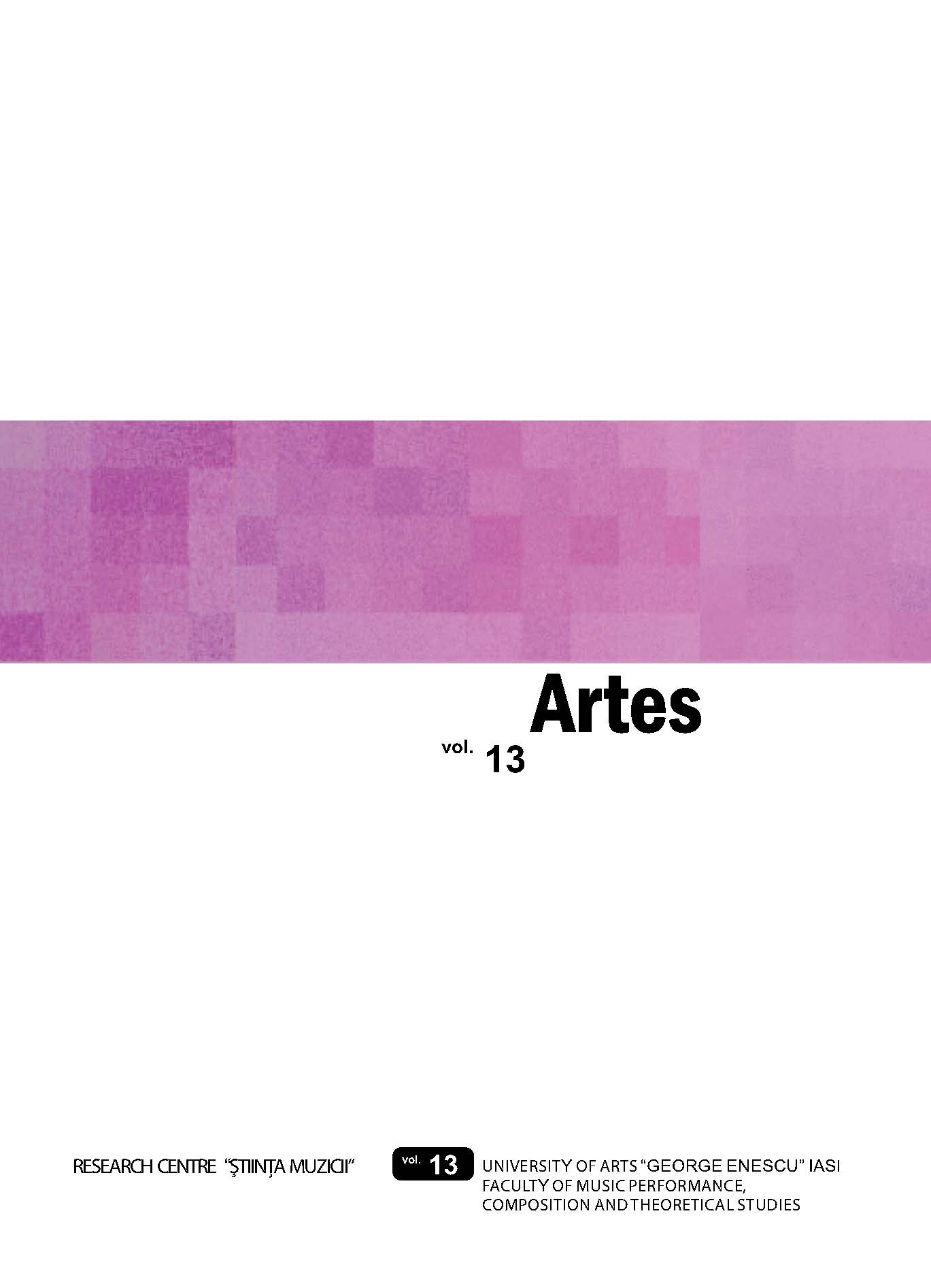A statistical approach of the chromaticity. The sticheron Σήμερον συνέχει τάφος – Today, a tomb holds Him in the new and old notation
A statistical approach of the chromaticity. The sticheron Σήμερον συνέχει τάφος – Today, a tomb holds Him in the new and old notation
Author(s): DIMOSTHENIS SPANOUDAKISSubject(s): Music
Published by: Editura ARTES
Summary/Abstract: The present study proposes an interdisciplinary approach (Musicology and Mathematics – Statistic) which has to do with the analysis to the Byzantine Music through the research in manuscripts with new and old notation. More specifically, we use a mathematically-statistically informed approach to investigate chromaticity in the sticheron Σήμερον συνέχει τάφος – Today, a tomb holds Him which is chanted as the first idiomelon of the Lauds of Mattins of Holy Saturday and it is in the second (B’) mode with finalis Di. According to the measurements of this study in the sticheron Σήμερον συνέχει τάφος, some conclusions for the chromaticity and the dominating notes in the old sticheraric genre arise; In the new notation dominating notes are melurgicaly-compositionally strengthened with the usual repetition via ison (Graphs 1-1[a-c]) and with the usual extension of their duration through additive duration marks (Graphs 2-2[a-c]); Dominating notes (Δεσπόζοντες φθόγγοι) have a direct relation with the microstructural (syllables) and mesostructural (kola) verbal units of the hymnographic text, since they usually function as their first note. In new and old notation, the parts of the exegesis where Chourmouzios uses the soft chromatic scale correspond to the parts of the D 564 where the metrophonic structure focuses on notes G# and b / Vou and Di. In the same way, the parts of the interpretation where Chourmouzios uses the intense chromatic scale correspond to the parts of the D 564 where the metrophonic structure focuses on notes E and a / Ni and Ga. This means that in the second mode the metrophonic structure indicates the modal oscillations we see in the slow exegesis; It is about an indirect way of suggesting-showing the modulations since those are not explicitly noted (with phthorai) in the musical manuscript. These modulations or better modal oscillations will be easily noticed-recognized by an expert in old notation and oral tradition like the Three Teachers.
Journal: Artes. Journal of musicology
- Issue Year: 2013
- Issue No: 13
- Page Range: 58-85
- Page Count: 28
- Language: English

